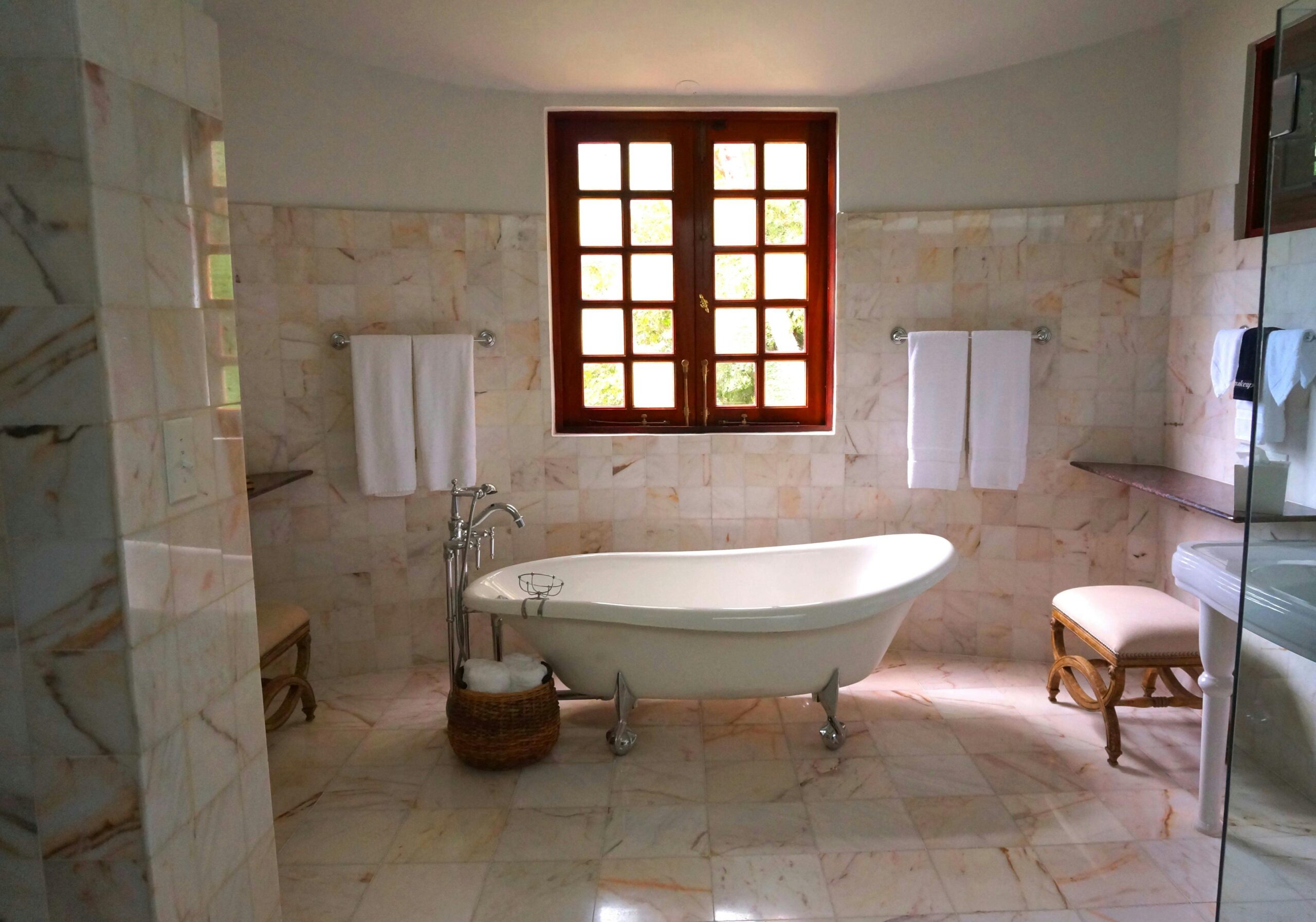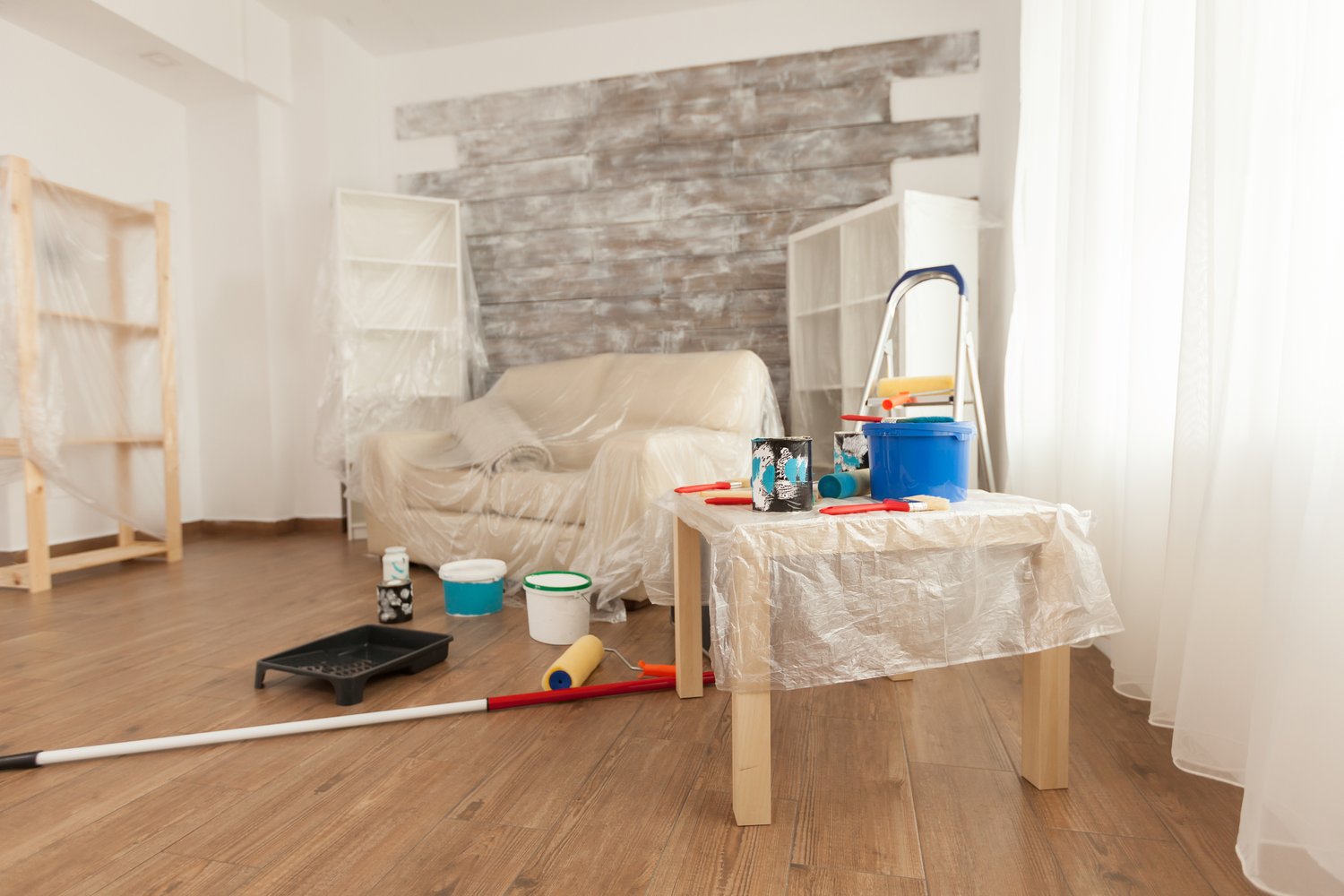Stepping onto a warm floor on a cold morning can transform your bathroom experience from ordinary to extraordinary. Heated bathroom floors, also known as radiant floor heating, have become one of the most coveted bathroom comfort upgrades in modern home design. This article explores how these systems work, the significant benefits of heated floors, what to consider when installing heated tile floors, and the heated bathroom floors cost factors that might influence your decision. Whether you’re building new or renovating, understanding these elements will help you make an informed choice about this luxurious addition to your home.
Understanding Radiant Floor Heating Systems
Radiant floor heating bathroom installations work by warming the floor surface directly, which then radiates heat upward throughout the room. Unlike traditional forced-air systems that blow heated air around, radiant heat provides consistent warmth from the ground up. Two primary types dominate the market: electric systems, which use heating cables or mats installed beneath the floor surface, and hydronic systems, which circulate heated water through special tubing under the floor. Electric systems are typically easier to install, especially in smaller spaces like bathrooms, while hydronic systems are more energy-efficient for larger areas but require more extensive installation.
The technology behind these systems has improved dramatically in recent years, with advanced thermostats offering programmable settings and energy-efficient operation. Modern systems can heat up quickly and maintain consistent temperatures, addressing one of the historical drawbacks of radiant heating. Many can now be controlled via smartphone apps, allowing you to warm your bathroom floor before you even get out of bed on chilly mornings.
The Remarkable Benefits of Heated Floors
The benefits of heated floors extend far beyond the simple luxury of warm tiles on cold mornings. From a comfort perspective, the even heat distribution eliminates cold spots and creates a consistently comfortable environment throughout the bathroom. This uniform heating method is particularly noticeable when compared to traditional radiators or forced-air systems that can create uneven temperatures and uncomfortable drafts.
From an aesthetic standpoint, radiant floor heating is completely invisible, eliminating the need for bulky radiators or vents that can disrupt your bathroom design. This hidden heating solution preserves valuable wall and floor space, particularly important in smaller bathrooms. Additionally, these systems operate silently—no more noisy fans or clanking radiators disturbing your peaceful bathroom retreat.
Health benefits also make heated floors appealing. By reducing moisture and humidity levels on the floor surface, radiant heating creates less hospitable conditions for mold, mildew, and dust mites. For allergy sufferers, the absence of blown air means fewer airborne allergens circulating through the bathroom. The gentle warmth can also provide therapeutic benefits for those with joint pain or circulation issues.
Installation Considerations for Heated Tile Floors
Installing heated tile floor systems requires careful planning and professional expertise. The process typically begins with a thorough assessment of your bathroom’s existing flooring, electrical capacity, and insulation. Most homeowners choose to install radiant heating during a larger bathroom renovation when the floor is already being replaced, though retrofitting is possible in some situations with sufficient floor height clearance.
The installation sequence matters significantly. First, proper subfloor preparation ensures a stable foundation. Next, insulation board is often installed to direct heat upward rather than allowing it to be lost to the space below. The heating elements—either electric mats/cables or hydronic tubing—are then placed according to the manufacturer’s specifications. A professional should conduct testing before the flooring material is installed to confirm proper functioning. You can find qualified heated floor specialists on AskHomey who can guide you through the entire process from planning to completion.
Various flooring materials work with radiant heating, though ceramic and porcelain tile remain the most popular choices due to their excellent heat conductivity. Natural stone like marble and slate also perform well, while certain engineered hardwoods and luxury vinyl products are now manufactured to be compatible with radiant systems. The flooring material you select will impact both the efficiency of your system and the overall heated bathroom floors cost.
Cost Factors and Long-Term Value
The heated bathroom floors cost varies significantly based on several factors. For a typical bathroom, electric systems generally range from $5-$12 per square foot for materials, plus installation labor. Hydronic systems typically cost more upfront—around $8-$15 per square foot plus installation—but may offer lower operational costs over time, especially in larger applications. The flooring material chosen, existing electrical capacity, and the complexity of the installation all influence the final price.
While the initial investment may seem substantial, many homeowners find that radiant floor heating systems provide good long-term value. Modern systems are energy-efficient, and the targeted heating approach can potentially reduce overall energy bills. Additionally, heated bathroom floors consistently rank among the bathroom comfort upgrades that appeal most to prospective buyers, potentially increasing home resale value.
Operational costs vary by system type, local utility rates, and usage patterns, but most electric systems add approximately $5-$15 to monthly utility bills for a standard bathroom when used regularly during colder months. Programmable thermostats with scheduling capabilities can help manage these costs by providing heat only when needed.
For more tips and to connect with reliable home service professionals, follow AskHomey on Facebook and Instagram.



